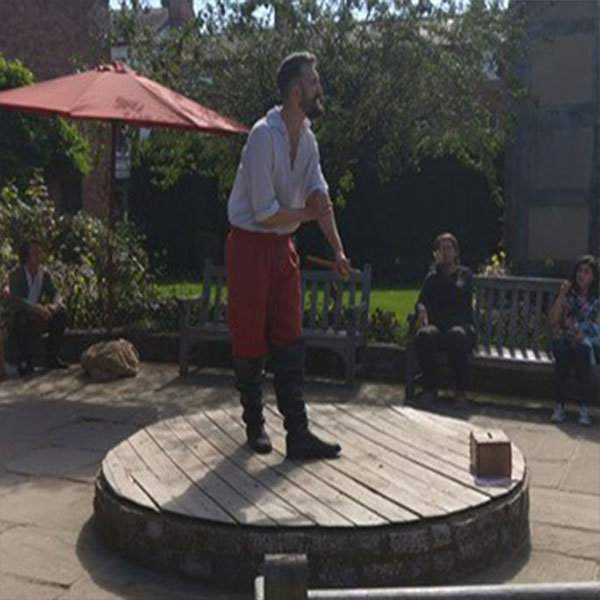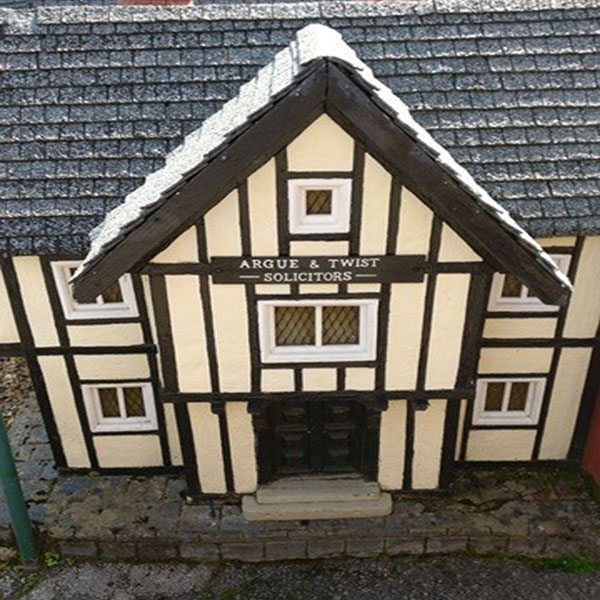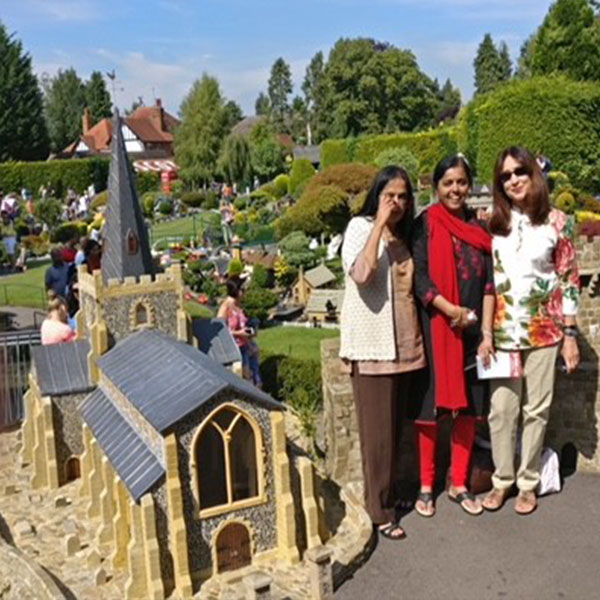I wouldn't think of insulting the well travelled and well heeled members of our august association and my friends by talking of the routine sights that any visit to London would have included. They are of course the Westminster, Buckingham palace, Madame Tussauds, Windsor Castle, London eye and the Thames cruise. Instead I'd talk of the less common things that we could do.

Cambridge and Oxford are of course ,the well known centers of educational excellence in UK. But Cambridge is also one place ,where punting is a favorite pastime. Punt is a flat bottom boat with square ends suitable for plying in shallow water. On the till end is a broad deck like platform on which the punter stands with his sixteen feet long aluminum pole. The pole has a metallic shoe at the end and the punt is moved and maneuvered by pushing the pole against the floor of the river bed.
A couple of hours drive from our hosts' residence in London, we reached Cambridge around noon of an August Saturday. As it was time of the summer holidays, the normally bustling town wore a rather subdued look. After parking the car on the outskirts, we walked thru the town's small trails and lanes to the river Cam. The normal tourist punt can accommodate a dozen guests comfortably stretched out like in a shikara. As we settled and relaxed, the punter showed his pole and informed us that the river was hardly 4-8 feet deep in most places. The water looked quite clean and we were on our way.
Cambridge being a university town, all along our hour long ride, we passed by various colleges and hostels. Small bridges and lovely old world buildings competed with beautiful trees and manicured lawns for our attention on the banks, while flocks of swans in the water,made the panorama oh-so beautiful! Our punter-guide, a student himself ,talked about the various buildings ,as he adroitly maneuverer the punt and made it look so easy. We realized how tough it'd be when we saw a few self-propelled boats getting stuck or ready to bump into us in the narrow river. Thankfully, we hadn't thought of punting ourselves! A beautiful experience, but the outing on the river in the sun,had us scrambling for the ice cream cone as soon as we landed!

"How about a visit to Shakespeare's town?", my host Dilip asked me. I readily agreed at the prospect of being blessed with some literary skills! Stratford is a small picturesque town on the river Avon, a couple of hours drive from London. Widely regarded as the greatest writer in English language and often called England's national poet, William Shakespeare was born in the sixteenth century in Stratford-on Avon, to wealthy parents. The house he was born in and stayed for some years of his early married life was rented as an Inn later and then acquired about 170 years back by Shakespeare's Birthplace Trust and it's beautifully maintained. We bought a ticket to see three attractions and started with his birthplace home. The rooms of the house as well as the Inn, have been furbished with original decor and quite a few artifacts are on display. But what was more interesting was the drama club activity in the garden lawns outside. Aspiring actors performed scenes from classic Shakespearean plays and we enjoyed scenes being enacted from Richard III and Julius Caesar. We asked for Merchant of Venice but couldn't see that as that actor had gone out for lunch!
Next, we went to Shakespeare's New Place, a couple of streets down from his birthplace. This was the place he bought after becoming famous and lived and died there. The house was later demolished and has been converted into a fabulous memorial. The entrance gate is inscribed with the lines from the Tempest: "And to thee and thy company, I bid a hearty welcome". The original site of the house has some lovely flower beds interspersed with captivating artwork. The contemporary landscaped lawns contain commissioned sculptures, depicting the famous characters of Shakespearean plays. So you can meet Shylock or Othello and can get photographed with Juliet! The lengths to which they have gone to preserve the memory of the Bard must be seen to be believed! How I wished, we had done 10% of that for Narmad in Surat!
Hall's Croft was the third item related to Shakespeare. Hall was a surgeon and his son-in-law. His house is also well-preserved with all the primitive instruments in vogue at that time. I'm sure the modern surgeons would be horrified to know that with such instruments, Hall was one of the top surgeons of that time.

One of the things that I'd strongly recommend to all colleagues travelling with children, is to visit this place. This model village is considered the original or the grandfather of all model villages. Envisaged about hundred years ago by an accountant - aren't they traditionally called boring? - this concept is spread over one and half acres. An excellent depiction of England's rural life, the models are made in ratio of 1:12. Six villages are built and each highlights some feature. So one village has a river running thru it with boats racing and the other has a lake with harbor and swans. One had a castle and another has a coal mine with a coal factory. Still one more had a fun fair with children playing. You can even find a racecourse with horses racing.

Thousands of human and animal statues are present in various places. School, church, water Mill and shopping areas along with different professional buildings are represented. Signboards are full of humor and so we have a Lee Kee plumbers, Mark Owney (Marconi) gramophones and Argue and Twist solicitors!
The six villages are connected by a miniature railway with seven stations. Computer connected interface controls allow smooth movements of as many as twelve trains together on the scaled ten miles track. For the towns and mine, there are trams and goods trains also. Unlike the village models, the train models are smaller, built on a scale of 1:30. The whole project is managed by a trust and the profits are used for charity.
So next time you are in London, try these things for a change. They reflect the spirit of England.